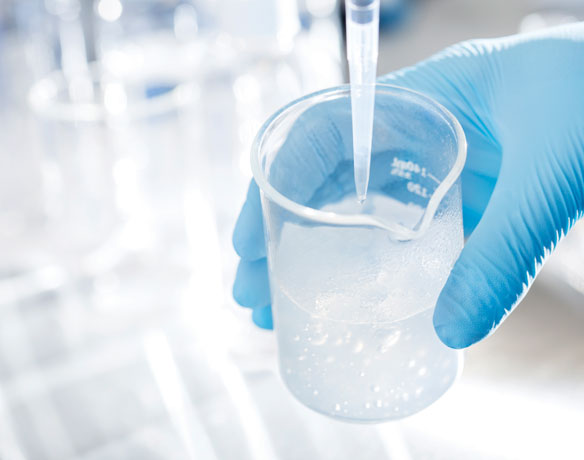Redox cellular communication signaling, which is cellular communication in a living organism, is an essential function for normal physiology. Redox signaling is crucial for many physiological and biochemical processes.
What is a redox signaling molecular?
Redox signaling molecules, which are found in every cell of your body, act as either cellular mediators or activators.
The activator molecules transmit messages to your cells that activate the antioxidants in your body. Antioxidants, both man-made and natural chemicals, are chemicals that prevent oxidative free radicals from causing cellular damage. Antioxidants don’t work unless they are activated by redox cellular communication signaling chemicals.
Messenger molecules enable cell communication between cells in your body, which is essential for optimal immune system performance. They activate the immune system in your body to fight infection, viruses, bacteria and viruses.

Why is redox signaling so important?
An imbalance in the body’s pro-oxidants or antioxidant systems can be caused by oxidative stress. The imbalance could be caused by a variety of environmental factors, such as poor diet, radiation, pollution, and poor nutrition. Your body uses redox signaling molecules in order to counter this and maintain a healthy balance of pro-oxidants, antioxidants and other chemicals.
Balance between antioxidant defenses and oxidative stress is key to your health. As we age, stress and environmental toxins become more prevalent in our lives, causing a decline in normal cell function and reducing the body’s ability maintain a healthy balance of redox signaling molecules.
These molecules are essential for immune system function, cell renewal, and healing. However, our ability to use these molecules decreases with age.
Researchers have been exploring ways to increase the redox cellular communication signaling levels in your body for many years to counter the effects of aging, toxins, stress, and environmental factors. ASEA has patented a technology that reproduces naturally occurring molecules in the body.


